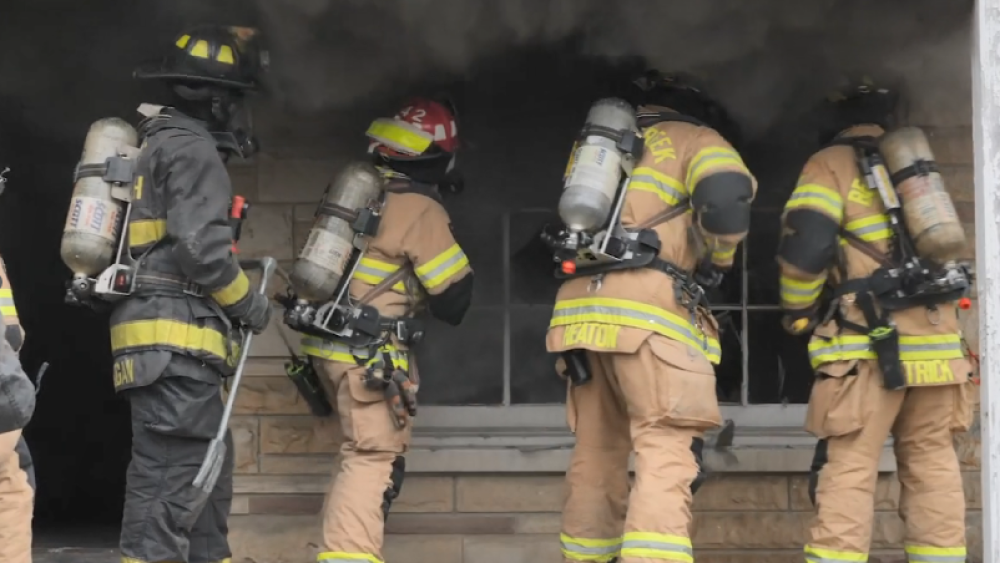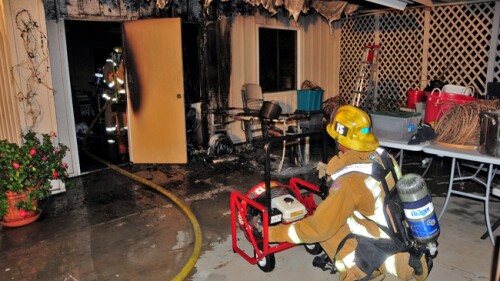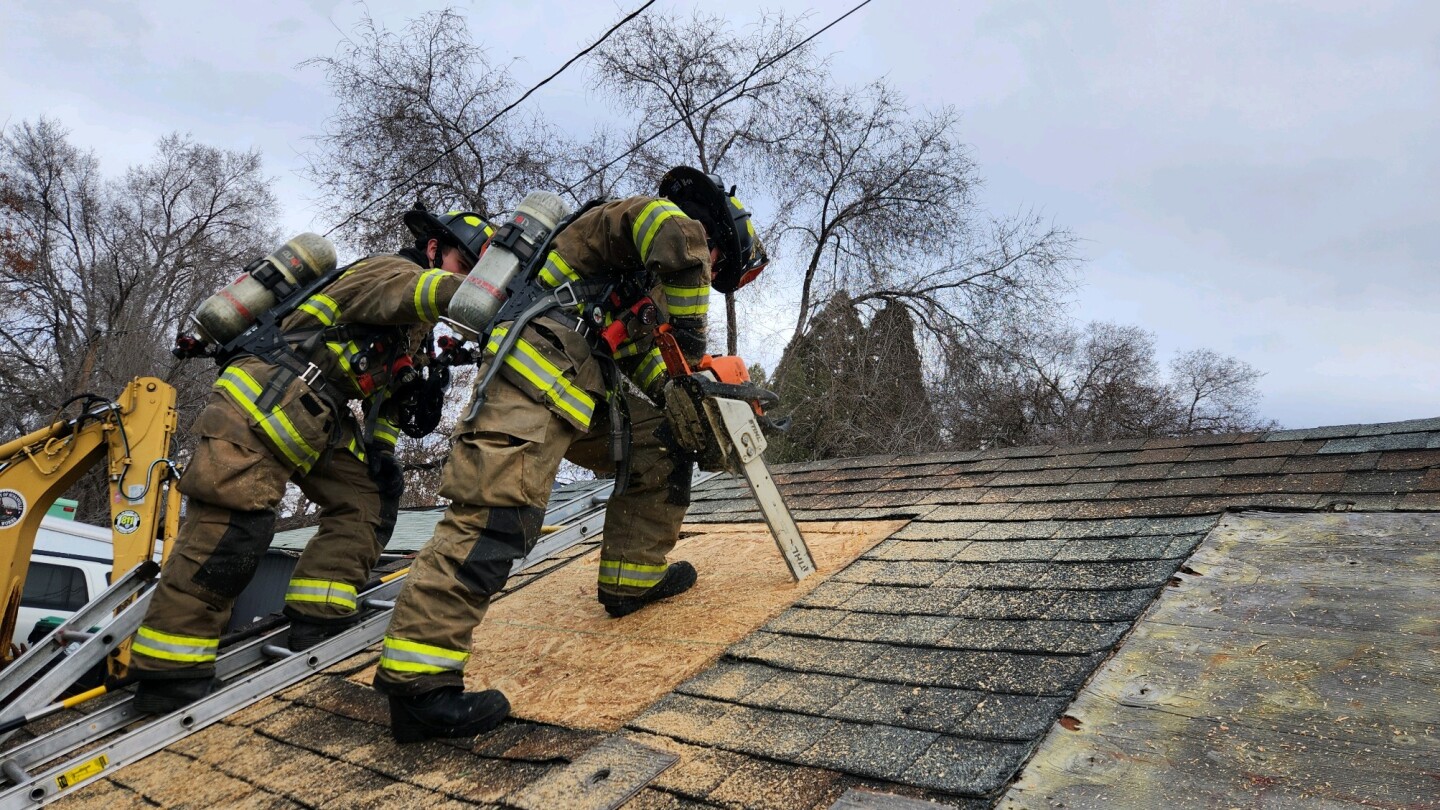As research continues to emerge, highlighting the importance of coordinated ventilation, firefighters are forced to adjust strategies and tactics. This special coverage series reviews the current ventilation-focused research and offers detailed steps for how to best implement the various ventilation operations – vertical ventilation, horizontal ventilation, positive pressure ventilation, among other tips and tricks to ensure safe fireground operations.
MOST POPULAR
- From dollars to decisions: Budget leadership for fire officers
- 1 dead, 7 injured in Ohio building explosion
- Wis. fire chief resigns after not being included in reorganization plan
- 12 situational interview questions firefighters should study
- Leading through the political conversation at the kitchen table
MORE FIREGROUND OPERATIONS
We can’t make good progress as a fire service with leaders making decisions based on likes instead of needs
How to control emotions, use technology and “practice perfect” to enhance fireground communications
Strategies the IC can employ to effectively coordinate resources and handle the growing list of tasks
Preparing members for greater responsibility, including serving as the incident commander
Fire department incident command procedures should address initial actions, staffing and command transfer
Deputy Chief Steve Prziborowski explains how to effectively coach ICs at fire scenes, and shares some first fire do’s and don’ts
Tom Merrill discusses command presence – what it is and why it’s important
UL FSRI study details the effects of flow path control on victim survivability
Collapse
Spiral plummeting from burning church in Baltimore underscores importance of setting up fireground collapse zones



















